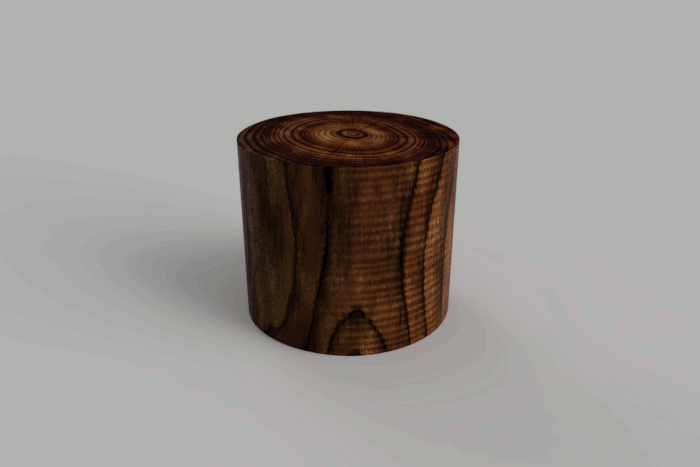| aspectRatio |
Gets and sets the aspect ratio of the rendered image. This is not the resolution, but only the aspect ratio. To define a custom aspect ratio set this property to CustomAspectRatio and use the resolutionHeight and resolutionWidth properties to define the resolution and aspect ratio. The default value is the aspect ratio defined in the scene settings. The width and height must be between 108 and 4000 pixels. |
| isBackgroundTransparent |
Specifies if the background of the rendering should be transparent. The default is false, which means it will not be transparent. |
| isValid |
Indicates if this object is still valid, i.e. hasn't been deleted or some other action done to invalidate the reference. |
| objectType |
This property is supported by all objects in the API and returns a string that contains the full name (namespace::objecttype) describing the type of the object.
It's often useful to use this in combination with the classType method to see if an object is a certain type. For example: if obj.objectType == adsk.core.Point3D.classType(): |
| renderQuality |
Gets and sets the desired quality of the rendering. The quality is specified using a value between 25 and 100, where 75 is the equivalent of "Final" and 100 is the same as "Excellent" in the user interface. The default value is 75 |
| resolution |
Gets and sets the resolution of the rendered image. This is the final width and height of the image in pixels. To define a custom aspect ratio, use the resolutionHeight and resolutionWidth properties to define any resolution. Using those has the side effect of setting this property to CustomRenderResolution. Setting this to anything except CustomRenderResolution, will also have the side effect of setting the aspect ratio. |
| resolutionHeight |
Gets and sets the height of the image in pixels. If anything but CustomRenderAspectRatio is defined as the aspect ratio, the resolution width will be modified to maintain the specified aspect ratio. The height must be between 108 and 4000 pixels. |
| resolutionWidth |
Gets and sets the width of the image in pixels. If anything but CustomRenderAspectRatio is defined as the aspect ratio, the resolution height will be modified to maintain the specified aspect ratio. The width must be between 108 and 4000 pixels. |
